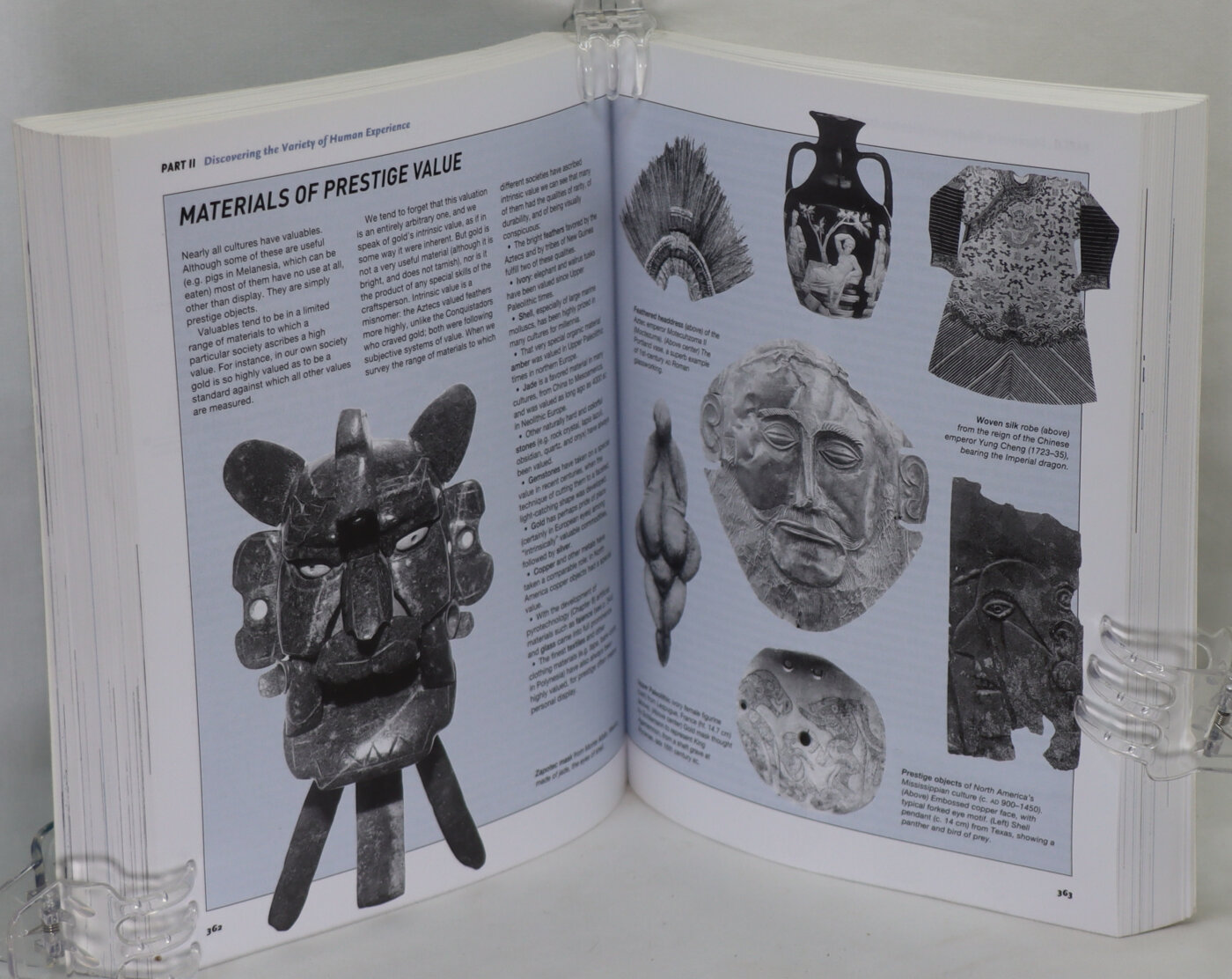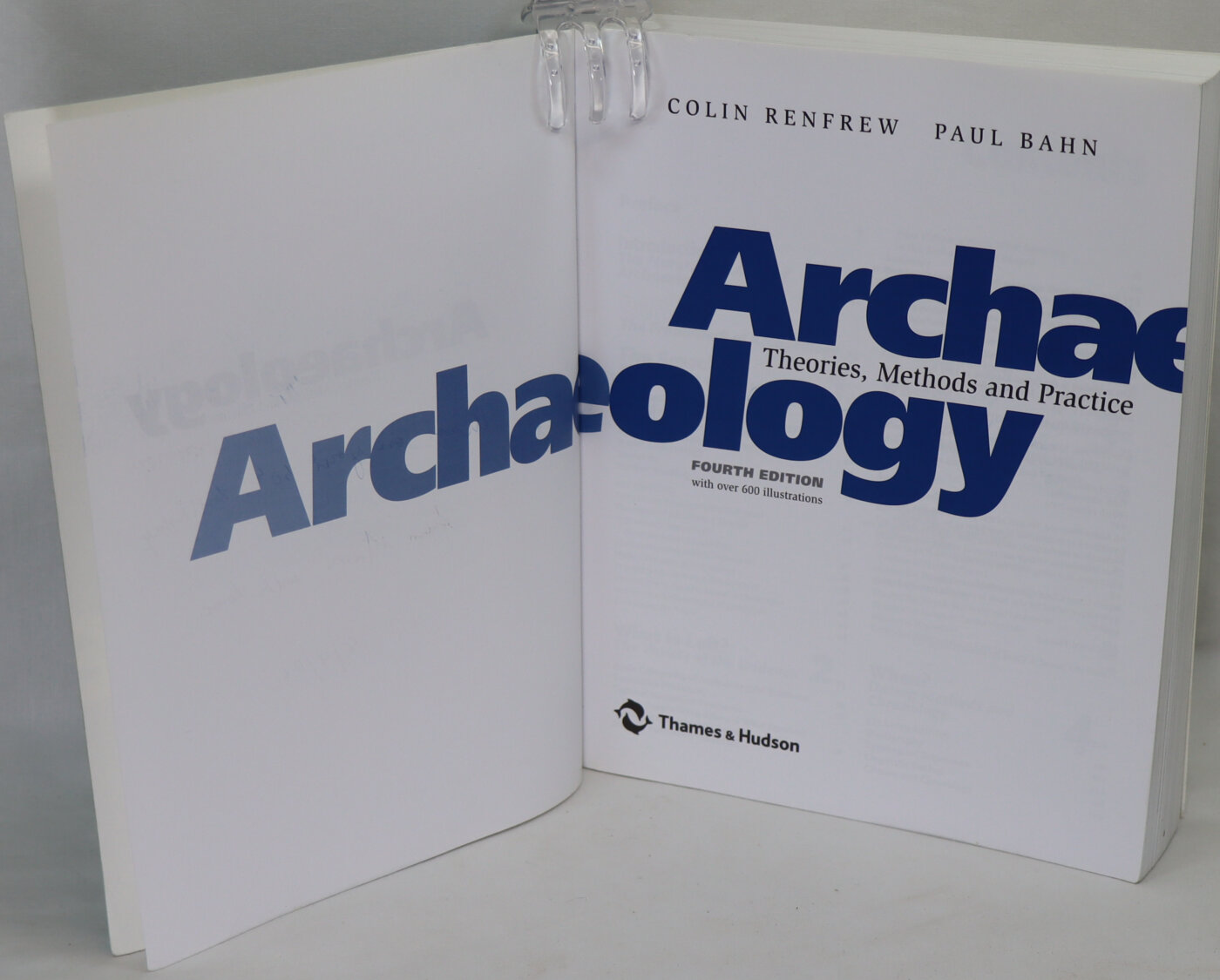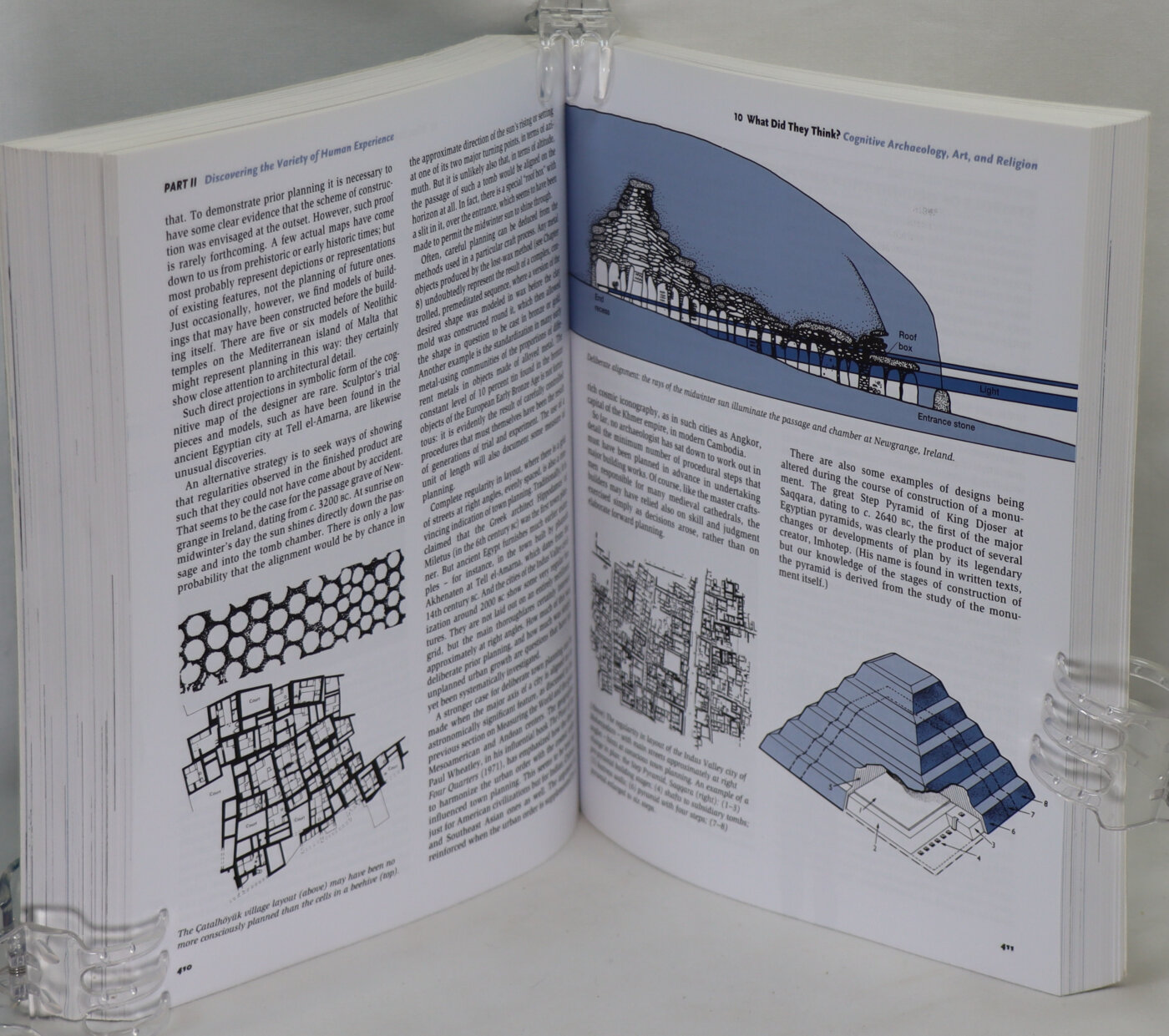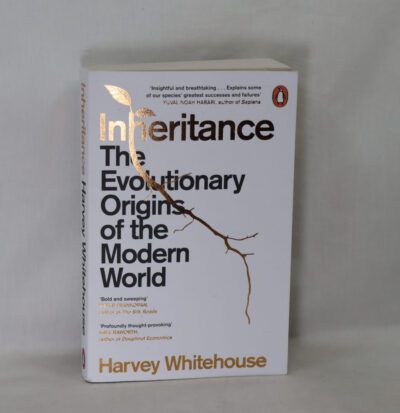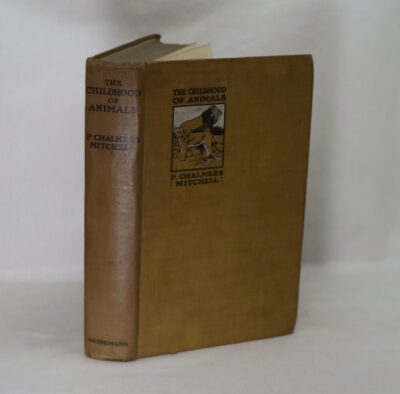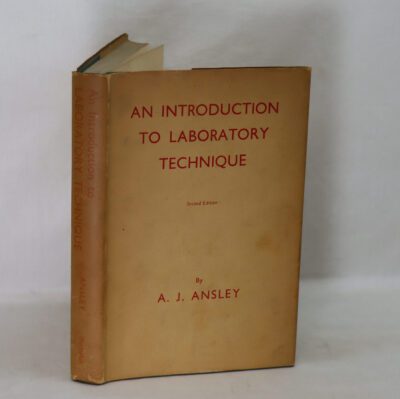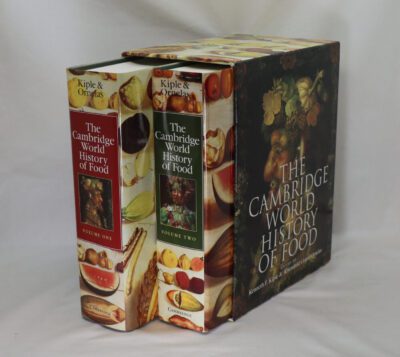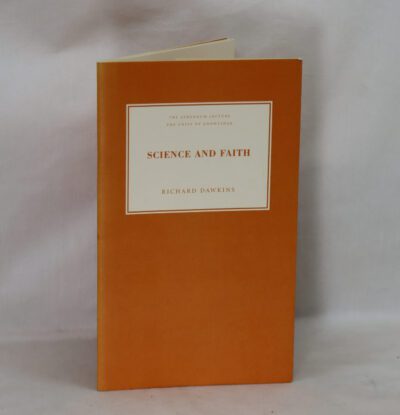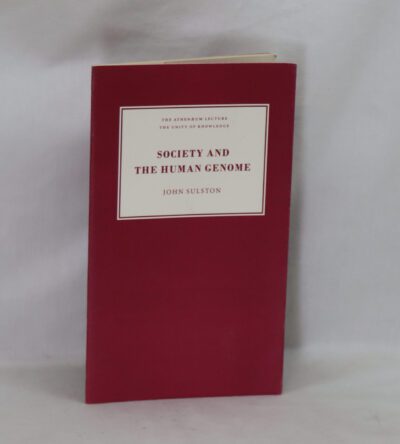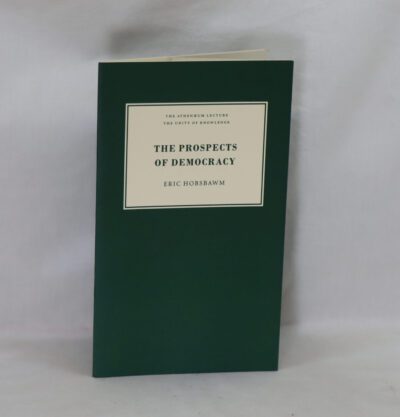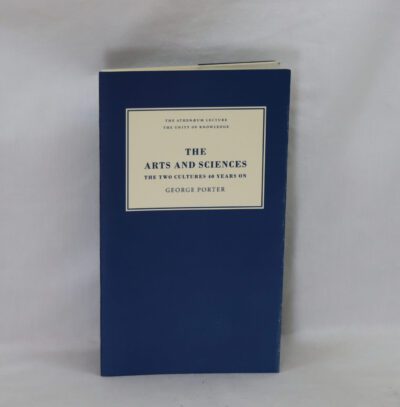Archaeology.
By Colin Renfrew & Paul Bahn
ISBN: 9780500289761
Printed: 2004
Publisher: Thames & Hudson. London
Edition: 4th edition
| Dimensions | 19 × 23 × 4 cm |
|---|---|
| Language |
Language: English
Size (cminches): 19 x 23 x 4
Condition: Very good (See explanation of ratings)
Item information
Description
Blue board binding with white title on the front board.
- We provide an in-depth photographic presentation of this item to stimulate your feeling and touch. More traditional book descriptions are immediately available
This is the fourth edition of the bestselling introduction to archaeology, printed in full colour for the first time, with hundreds of photographs and diagrams. It has been given the most thorough updating and reorganization since it was first published, providing coverage of all the major developments in archaeological method, science, technology and theory. It explores new discoveries such as Neanderthal DNA, the Frome Hoard and the Staffordshire hoard, new theories about the meaning of Stonehenge and the nature of Maya territories. It also features a new extensive case study on the field project at Upper Mangrove Creek, Australia. The most complete, wide-ranging and usable archaeological textbook in the world to date The Times Higher Education Supplement
Reviews:
- ‘The most complete, wide-ranging and usable archaeological textbook in the world to date’ – Nicholas Saunders, The Times Higher Education Supplement; ‘Exactly what is required for first-year students’ – Barry Cunliffe, University of Oxford; ‘A text of impressive scope and detail… has the most global perspective on modern archaeology of any I have ever seen’ – Glen H. Doran, Florida State University
- The worldwide standard introduction to what archaeologists do and how they do it – completely revised, redesigned and brought utterly up to date. Much more than a method and theory text, Archaeology covers the entire subject, from the history of archaeology to excavation, evidence, environment and explanation in archaeology.
- I have been to Egypt, the first time was in 1993, and I made my mind up that I’d like to study Egyptology. Although in my second year of studying Egyptology, during my first year this was one of my study books. This book cover ever aspect of Theories, Methods and Practice you can think of, it’s a very in-depth read, sometimes you may have to read a chapter twice for the information to sink in, (I know I did). But I must warn you this book is pretty heavy to pick up, don’t do what I did, I got hold of it the wrong way with just one hand and I sprained my wrist,(I’m NOT kidding), so mind how you pick up this heavy book up. It makes an excellent addition to my little Egyptian library, which now stands at nearly 1000 books on this subject. :-
- Fascinating . A must for anyone interested in archaeology.
- A thoroughly absorbing and useful text book for someone starting out to study archaeology, whether as a taught course or for self teaching.
- When I first started at university I did an introductory module on Archaeology for my course, this was a required module and was interesting (although did put me off doing any more archaeology modules for sometime). This book was the recommended and required reading (and the library didn’t yet have a copy in) so like any good student I promptly ordered myself a copy. Through several years (and many long and difficult essays) this book kept me company. It’s held together wonderfully, being dragged around repeatedly in my bag, to and from campus, moving multiple times and being tossed into wardrobes and makeshift bookcases as well as being referred too when I forgot what I was trying to say (which happens a lot). The content is brilliant as well, engaging and informative. I cannot recommend this book enough, for qualified archaeologists, students or people with a general interest.
About the Author: Andrew Colin Renfrew, Baron Renfrew of Kaimsthorn, FBA, FSA, Hon FSA Scot (25 July 1937 – 24 November 2024) was a British archaeologist, paleo linguist and Conservative peer noted for his work on radiocarbon dating, the prehistory of languages, archaeogenetics, neuroarchaeology, and the prevention of looting at archaeological sites.
Renfrew was also the Disney Professor of Archaeology at the University of Cambridge and Director of the McDonald Institute for Archaeological Research and was a Senior Fellow of the McDonald Institute for Archaeological Research.
Want to know more about this item?
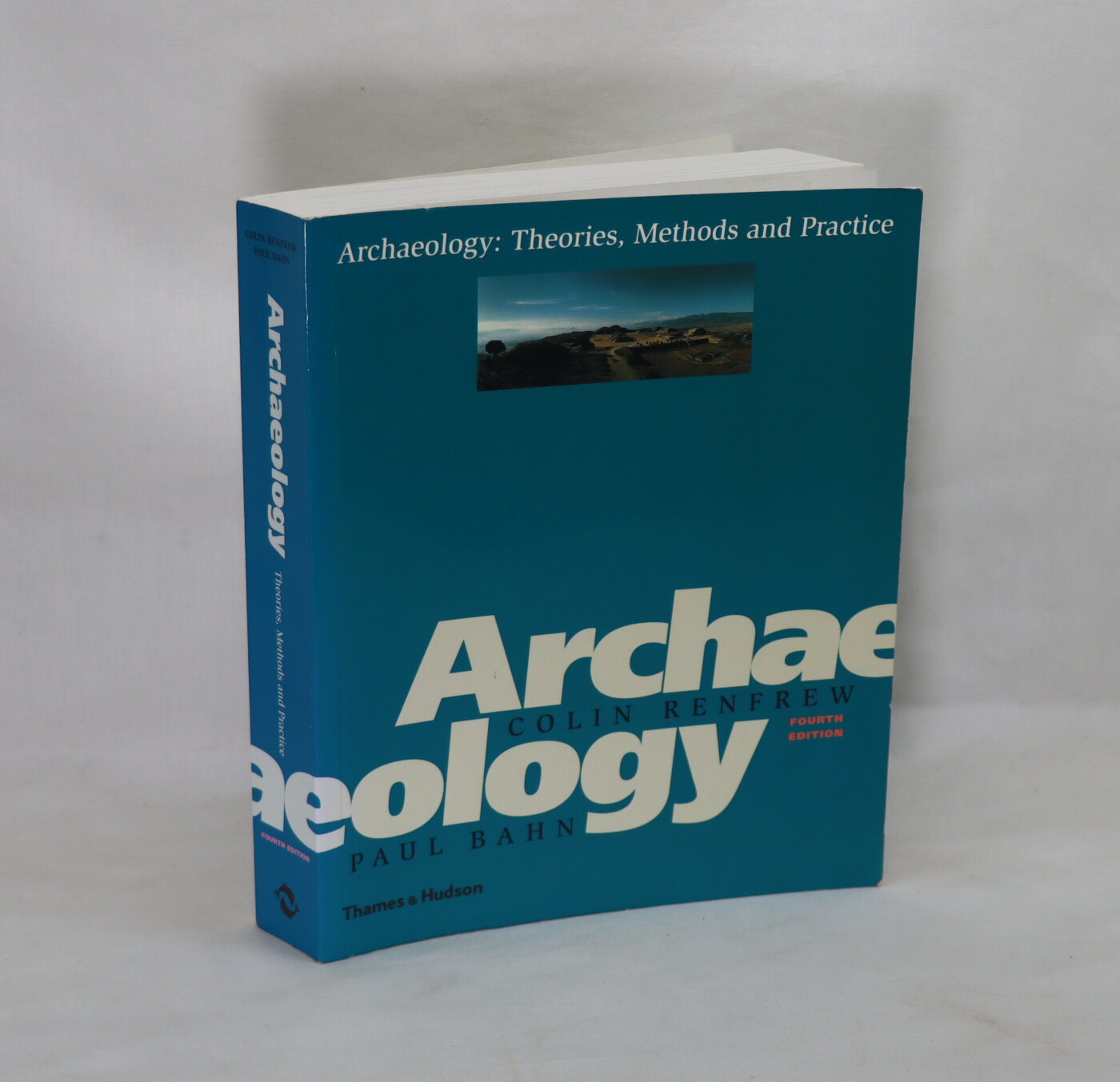
Share this Page with a friend

